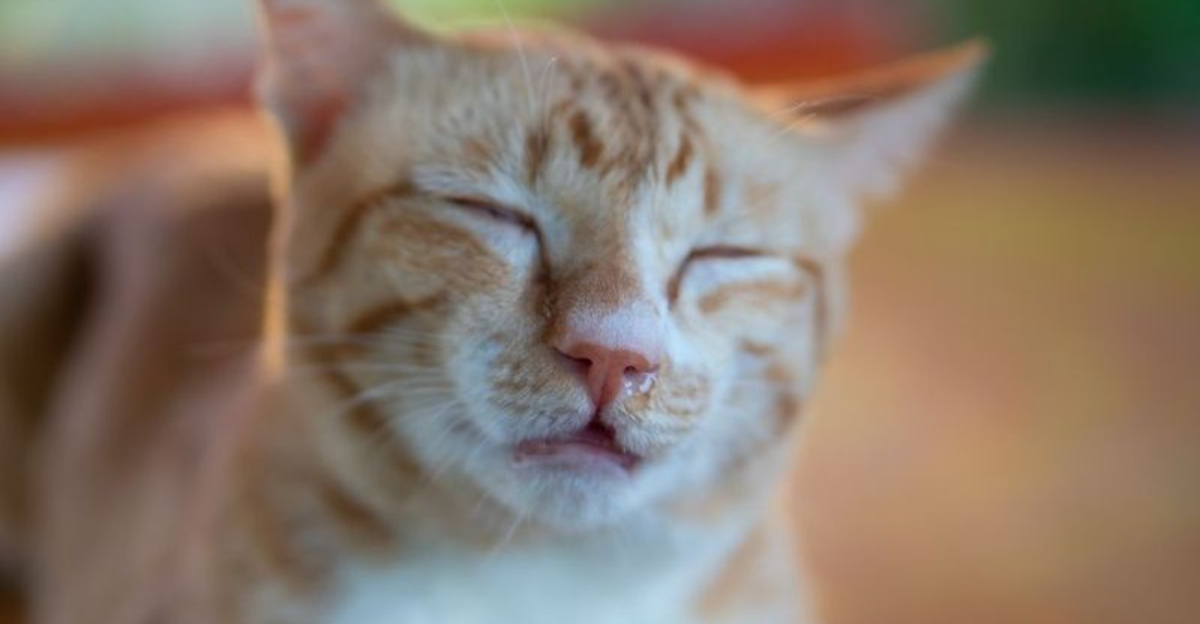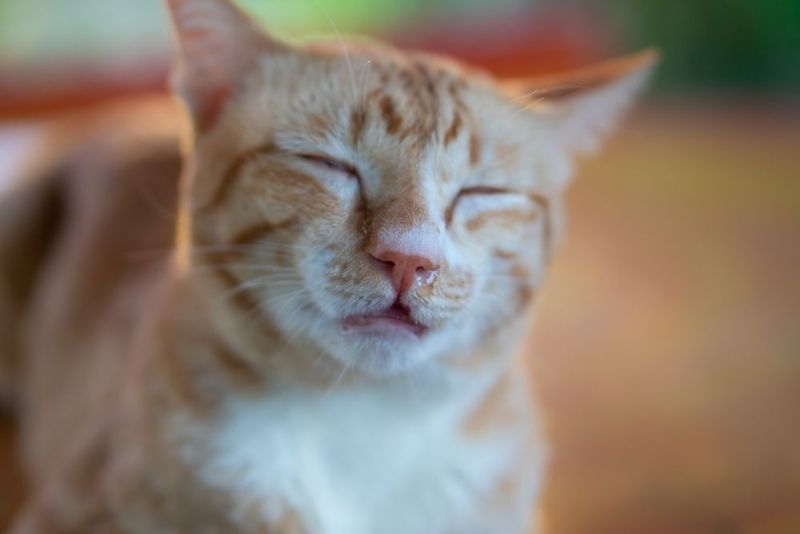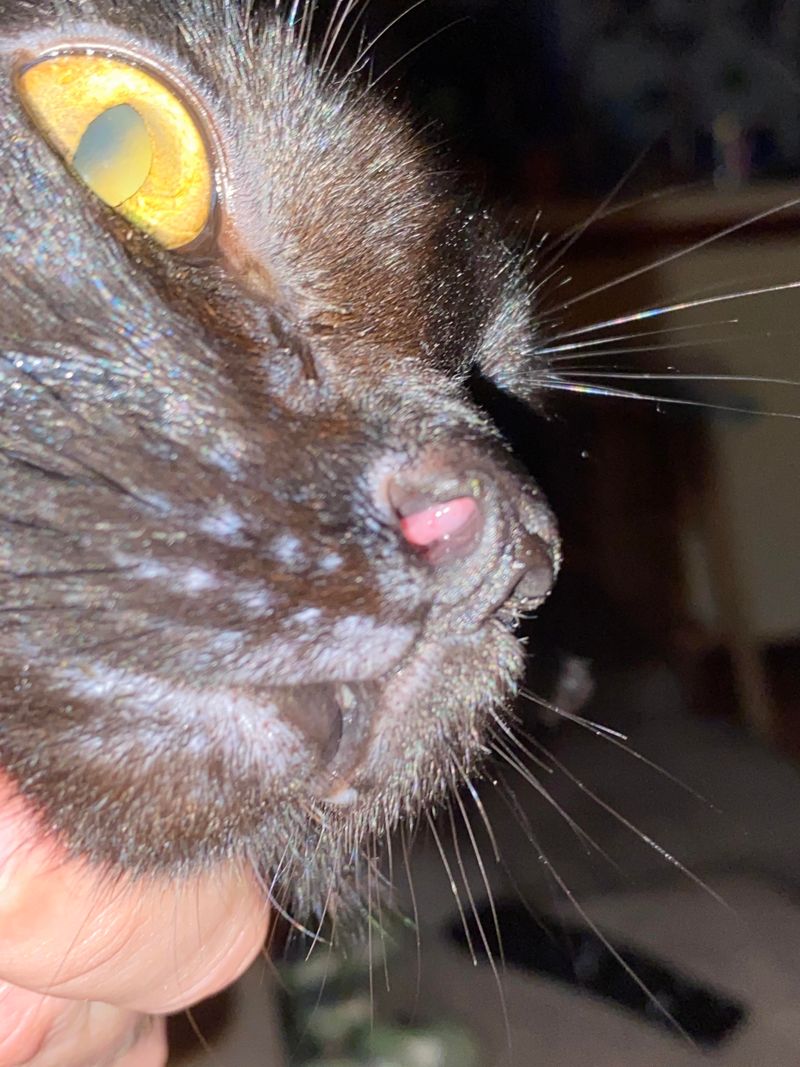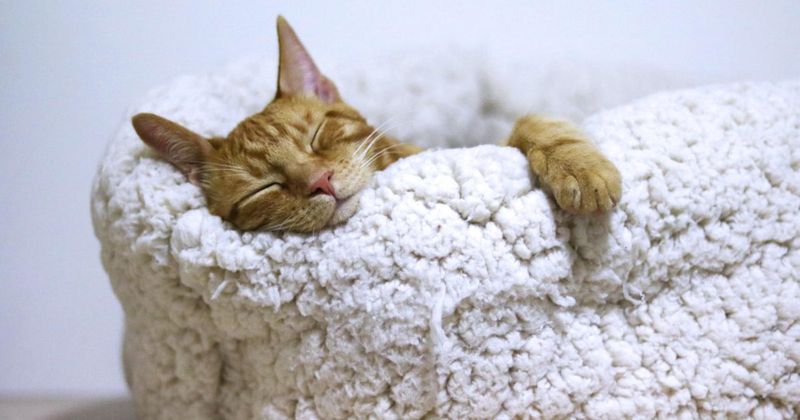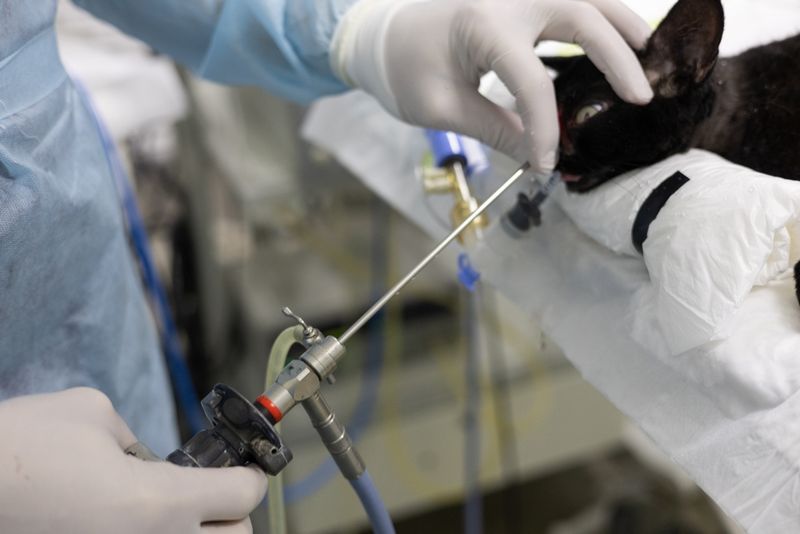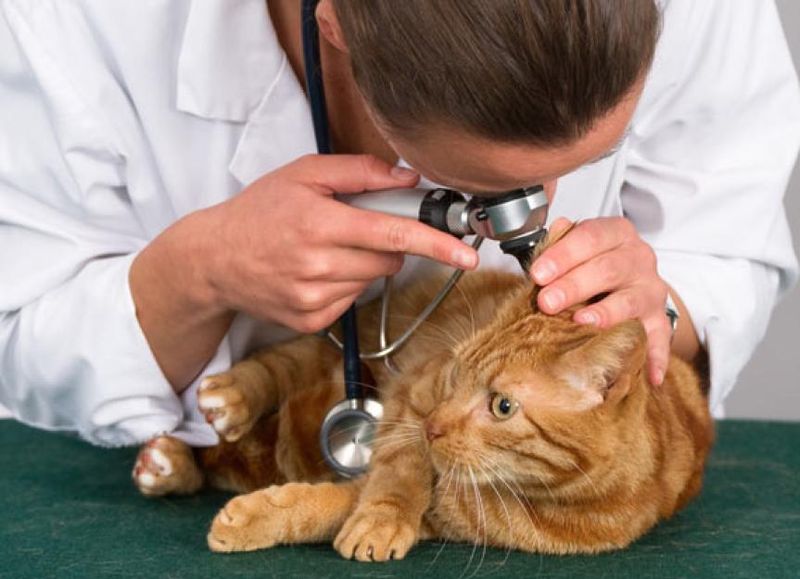📖 Table of Content:
Nasal polyps in cats are benign growths primarily affecting young and middle-aged felines. These fleshy masses develop within the nasal passages, nasopharynx, and even the ear canal. While the exact cause remains elusive, chronic inflammation from viral infections is suspected. Symptoms range from nasal discharge to coughing, and in severe cases, neurological signs. Early diagnosis and treatment through surgical removal are vital. Understanding these key facts about nasal polyps helps cat owners ensure timely veterinary care, preventing further complications and ensuring a healthy life for their feline companions.
1. Understanding Nasal Polyps
Imagine a young cat, playful yet sneezing and experiencing nasal discharge. These signs could suggest nasal polyps, benign growths lurking within the nasal passages. Often found in younger felines, especially those under one year, these polyps may stem from persistent inflammation. Though not life-threatening, they can cause significant discomfort. Early recognition and intervention are key to preventing complications. Owners should be mindful of symptoms like noisy breathing or a change in vocalization. Veterinary advice should be sought promptly to ensure the cat’s comfort and health.
2. Causes Behind the Polyps
The mystery of nasal polyps in cats often centers around chronic inflammation. Viral infections, particularly from calicivirus or herpesvirus, are suspected culprits. Despite this, a definitive link remains elusive. These fleshy growths thrive in moist environments, creating discomfort and potential health risks. Understanding the underlying causes helps in addressing symptoms effectively. It emphasizes the importance of maintaining a clean and stress-free environment for cats, potentially reducing the risk of polyp development and promoting overall feline health.
3. Recognizing Symptoms
Imagine a cat, once lively, now sneezing and displaying nasal discharge. Recognizing these symptoms is crucial for early intervention. Nasal polyps can disrupt a cat’s breathing and lead to behavioral changes. Symptoms might include unusual vocalizations, persistent sneezing, or nasal discharge. In severe instances, neurological symptoms may occur, necessitating urgent veterinary attention. By observing these signs, cat owners can act swiftly to seek professional care, ensuring their furry friends remain healthy and active.
4. Effective Treatment Methods
In the battle against nasal polyps, surgical intervention reigns supreme. Veterinary professionals typically opt for traction or more invasive procedures like ventral bulla osteotomy. The latter offers a higher success rate by removing the polyp’s base, minimizing chances of recurrence. Post-surgery care, including antibiotics and anti-inflammatory medications, is integral to recovery. Understanding these treatment options empowers cat owners to make informed decisions, ensuring their feline friends receive the best possible care to lead happy, polyp-free lives.
5. Post-Treatment Care and Prognosis
After surgery, a cat’s journey to recovery begins, highlighting the importance of diligent post-treatment care. With proper medical attention, most cats recover well, though recurrence is possible if polyps are not entirely removed. Owners should monitor their pets for signs of discomfort or changes in behavior. Regular veterinary check-ups help in maintaining health and preventing recurrence. A cat’s resilience and the owner’s dedication play pivotal roles in a successful recovery, ensuring a future filled with playfulness and joy.
